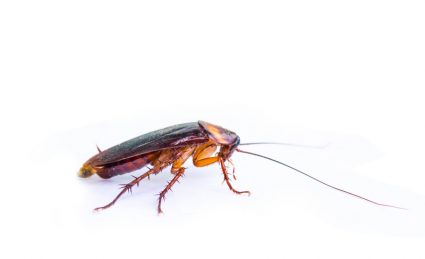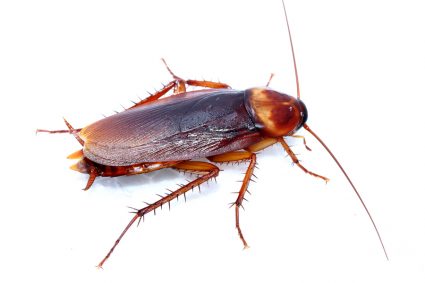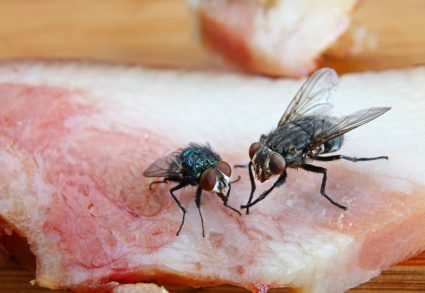
Phorid flies, also known as scuttle flies or humpbacked flies, are tiny pests that can cause significant issues in homes, restaurants, hospitals, and other establishments. But does bleach, a common household item, effectively kill these pests? Let’s delve into the details.
While bleach can potentially kill adult Phorid flies due to its strong oxidizing properties, it is not effective against Phorid fly larvae or eggs. Moreover, bleach is not a recommended solution for treating Phorid fly infestations, as it does not remove the breeding sources or food sources for the larvae. Therefore, it’s best to use a combination of sanitation practices, targeted treatments, and professional help to effectively manage and prevent Phorid fly infestations.
Understanding Phorid Flies
Phorid flies are small insects, measuring between 0.5–6 mm in length, and are often mistaken for fruit flies due to their size and color. They have a characteristic hump on their thorax when viewed from the side, earning them the nickname ‘humpbacked flies’. Their colors can range from black or brown to yellow, orange, pale grey, and pale white.
Phorid flies can be found throughout the world, breeding in moist, decaying organic matter, fungi, and even corpses. They are known for their escape habit of running rapidly across surfaces rather than flying, which is why they are called “scuttle flies”.
The Impact of Phorid Flies
Phorid flies pose several risks and problems, including health risks due to their potential to spread diseases and bacteria. They can contaminate food sources and preparation areas, cause structural damage to buildings due to their attraction to moisture, and create a significant nuisance in homes and establishments.
The Bleach Solution: Does it Work?
Bleach can potentially kill adult phorid flies due to its strong oxidizing properties, which can break down organic material. However, bleach is not effective against phorid fly larvae or eggs, as they can survive in the presence of bleach. Moreover, bleach is not a recommended solution for treating phorid fly infestations, as it does not remove the breeding sources or food sources for the larvae.
In addition, using bleach comes with several potential risks and drawbacks, such as toxic fumes, damage to septic systems and plumbing, health hazards, and ineffectiveness in reaching all areas where Phorid flies breed.
Alternative Solutions for Managing Phorid Flies Infestations
Given the limitations of bleach, it’s essential to explore other methods for dealing with Phorid flies. These include:
- Identifying and removing breeding sources: Dispose of sewage-contaminated soil, garbage, moist landscape clippings, decomposing animals, dirty trash receptacles, compost, and other organic materials that hold moisture.
- Cleaning drains thoroughly: Use a stiff drain brush and an industrial-type drain cleaner to remove the film of organic matter where larvae live.
- Using targeted insecticides: Consider using specialized pest control products and treatments designed for eradicating insects.
- Setting up fly traps: Sticky fly traps can help detect and capture adult Phorid flies.
- Seeking professional help: If the infestation persists, consider contacting a professional pest control service to help identify and eliminate the source of the infestation.
In conclusion, while bleach can kill some adult Phorid flies, it isn’t the most effective or safest method for dealing with these pests. A combination of good sanitation practices, targeted treatments, and professional help is the best approach to manage and prevent Phorid fly infestations.
Frequently Asked Questions
What are the signs of a Phorid fly infestation?
Signs of a Phorid fly infestation include seeing the adult flies themselves, which are small and often mistaken for fruit flies, and noticing a rapid scuttling movement across surfaces. Other indications can be the presence of their larvae in moist, decaying organic matter, and an increase in disease and bacteria spread in the infested area.
How long does it take for Phorid flies to breed?
Phorid flies have a relatively short life cycle. From egg to adult, it usually takes about 14 to 37 days depending on the temperature and the availability of food.
What are some diseases that Phorid flies can spread?
Phorid flies are known to spread diseases and bacteria such as E. coli and Salmonella, which can cause food poisoning and other gastrointestinal illnesses.
Can Phorid flies bite humans?
No, Phorid flies do not bite humans. However, they are a nuisance and can spread diseases through contamination of food and surfaces.
Can Phorid flies infest indoor plants?
Yes, Phorid flies can infest indoor plants. They are attracted to moist, decaying organic matter, which includes overwatered or rotting plants.












